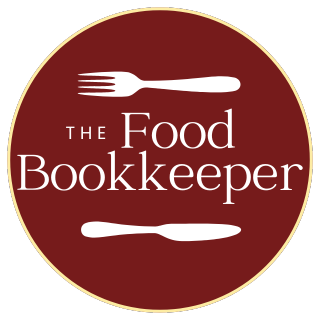Effective financial management is essential for the success of any restaurant. A central component of this is the Chart of Accounts (COA). This financial tool serves as a categorized record of all financial transactions. By systematically organizing income, expenses, and assets, a COA offers invaluable insights into a restaurant’s financial health.
Understanding where revenue is generated and expenses incurred is crucial for informed decision-making. A well-structured COA provides this clarity. Moreover, during tax preparation, a detailed COA simplifies the process by presenting financial information in an organized manner.
A COA is more than just a record-keeping tool. It is a strategic asset. By analyzing the data within the COA, restaurant owners can identify trends, measure performance against key metrics, and make data-driven decisions. For instance, tracking food costs and labor expenses helps in optimizing operations and improving profitability.
For restaurant owners who find managing financial records time-consuming, outsourcing bookkeeping services can be a strategic choice. Professional bookkeepers possess the expertise to establish and maintain a COA that accurately reflects a restaurant’s operations. This allows owners to focus on core business activities while ensuring financial records are handled with precision.
In conclusion, a Chart of Accounts is a fundamental tool for restaurant financial management. By providing a clear overview of financial activities, it empowers owners to make informed decisions and enhance overall business performance. Outsourcing bookkeeping can significantly streamline this process, allowing owners to allocate their time and energy to other critical aspects of the restaurant.
